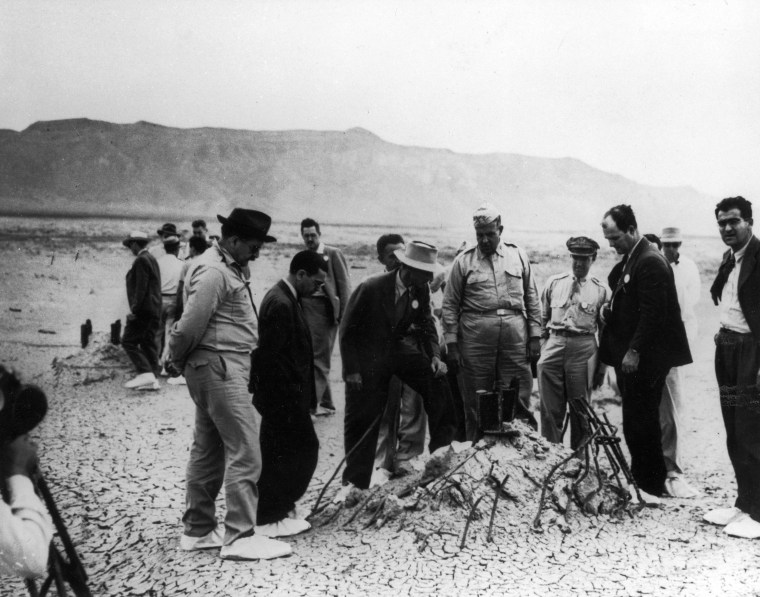Nineteen Palestinians, including children, were shot and killed by Israeli soldiers since November 22 - UN

JERUSALEM, Saturday, December 17, 2022 (WAFA) – Israeli soldiers shot and killed 19 Palestinians, including three children, in different incidents in the occupied territories between November 22 and December 11, making 2022 the deadliest year for Palestinians in the West Bank since 2005, according to the biweekly report on the protection of civilians published by the United Nations Office for the Coordination of Humanitarian Affairs (OCHA) in the occupied Palestinian territory.
It said that a 16-year-old Palestinian boy was killed on November 22 after Israeli settlers broke into Joseph’s Tomb site in Nablus City. Another child, 16, was killed near Aboud village, northwest of Ramallah, on December 8, and a 15-year-old girl, was killed in Jenin on December 11.
Meanwhile, on 29 November, two Palestinian brothers were killed by live ammunition in Kafr Ein village near Ramallah and on 2 December a Palestinian man was killed in cold blood by an Israeli Border Police officer in Huwwara town, south of Nablus. One Palestinian has also died of wounds sustained earlier. The others were killed during clashes, some of them innocent bystanders, or in attacks.
According to the Palestinian Ministry of Health, Israel killed 166 Palestinians since the start of the year (11 of them killed since the start of December), including 39 children and eight females (three children under 18 years, one 68 years, another 51 years, and three 45, 31 and 24 years of age).
Israeli forces also set up closures around one town and blocked the main entrances of four villages, disrupting access of thousands of Palestinians to livelihoods and services during the reporting period from November 22 through December 5, said OCHA.
During this period, added the OCHA report, the Israeli authorities demolished, confiscated, or forced people to demolish 58 structures, including 10 residential homes and one school, for lacking Israeli-issued building permits. Five of the structures were provided by donors as humanitarian assistance. As a result, 47 Palestinians, including 27 children, were displaced, and the livelihoods of more than 160 others were affected.
It said that 56 of the targeted structures were in Area C, including five structures demolished based on Military Order 1797, which provides only a 96-hour notice and very limited grounds for legally challenging a demolition. In addition, two structures were demolished by their owners in East Jerusalem to avoid the payment of fines to the Israeli authorities.
One donor-funded school was demolished, and another had a demolition order issued against it in Hebron, said OCHA. On 23 November, the Israeli authorities demolished Isfey al-Faqua donor-funded school, which served 21 students from three communities in southern Hebron. Isfey al-Fauqa is one of 13 herding communities comprising about 1,150 people, half of whom are children, in an area designated by the Israeli authorities as ‘Firing Zone 918’ in Masafer Yatta. On 29 November, the Israeli authorities issued a demolition order, with a 96-hour notice, against another donor-funded school in Khashem al Karem (Hebron). On 1 December, legal aid partners secured a court injunction against the demolition, which is valid for 21 days as long as no additional construction takes place at the school during this period.
M.K.
Newspapers Review: Dozens of injuries due to Israeli army crackdown on Palestinian protests focus of dailies

RAMALLAH, Saturday, December 17, 2022 (WAFA) – Dozens of Palestinians were injured yesterday in the Israeli army crackdown on the weekly Friday protests in the occupied territories against the occupation and its settlement enterprise, said the three Palestinian Arabic dailies published today in their main front-page story.
Al-Hayat al-Jadida daily said one person was shot by a live bullet while others were either hit by rubber-coated metal bullets or suffocated from tear gas fired by the soldiers.
Al-Quds daily said settlers, under army protection, opened a road through Palestinian-owned land in the town of Dura in the south of the West Bank to serve their expansionist policies.
The third daily, al-Ayyam, said Palestinians confronted wide-scale settler intrusions on their properties.
It also said that Israeli soldiers forced Palestinians to remove their clothes when passing through a checkpoint in Tel Rumeida neighborhood in the occupied part of the southern West Bank city of Hebron.
The three dailies said the Israeli army turned over yesterday the remains of two young Palestinians its forces killed in cold blood near Ramallah on October 3 and has been holding ever since. In that incident, soldiers opened fire at a car near Jalazon refugee camp without any reason killing two and injuring a third, who was treated at a hospital in Ramallah. The two will be buried today in their hometowns of Birzeit and nearby Jifna.
Al-Quds said the United Nations recognized the right of the Palestinian people to self-determination with 168 members voting in favor of this resolution, six opposed and eight abstained.
Al-Hayat al-Jadida said UN experts have condemned the rise in settler violence and the Israeli army’s excessive use of force against the Palestinian civilians in the occupied territories.
Al-Ayyam said an Israeli settler official has called on the army to wage a military attack on Nablus.
The three dailies also highlighted on their front page the recent protests in Jordan against the rise in prices of fuel with al-Ayyam saying a security man was killed in the protests and two others were injured, while al-Quds said the Jordanian monarch said his government will take strong action against those who use weapons.
The dailies also reported on the developments in the formation of the Israeli government and said the Israeli parliament has approved in first reading law in favor of Smotrich and Deri, who is accused of corruption.
They also highlighted developments in the war in Ukraine.
M.K.












